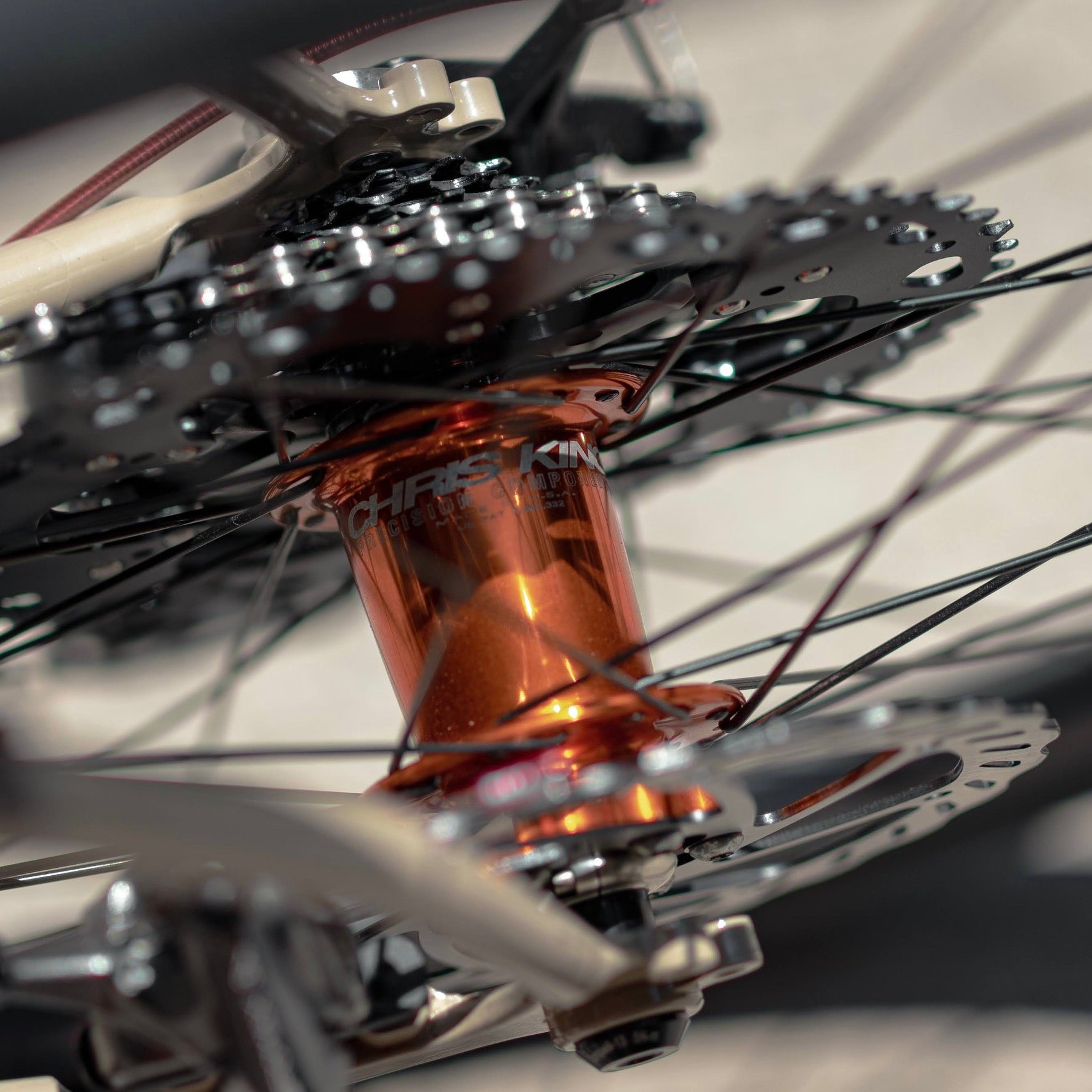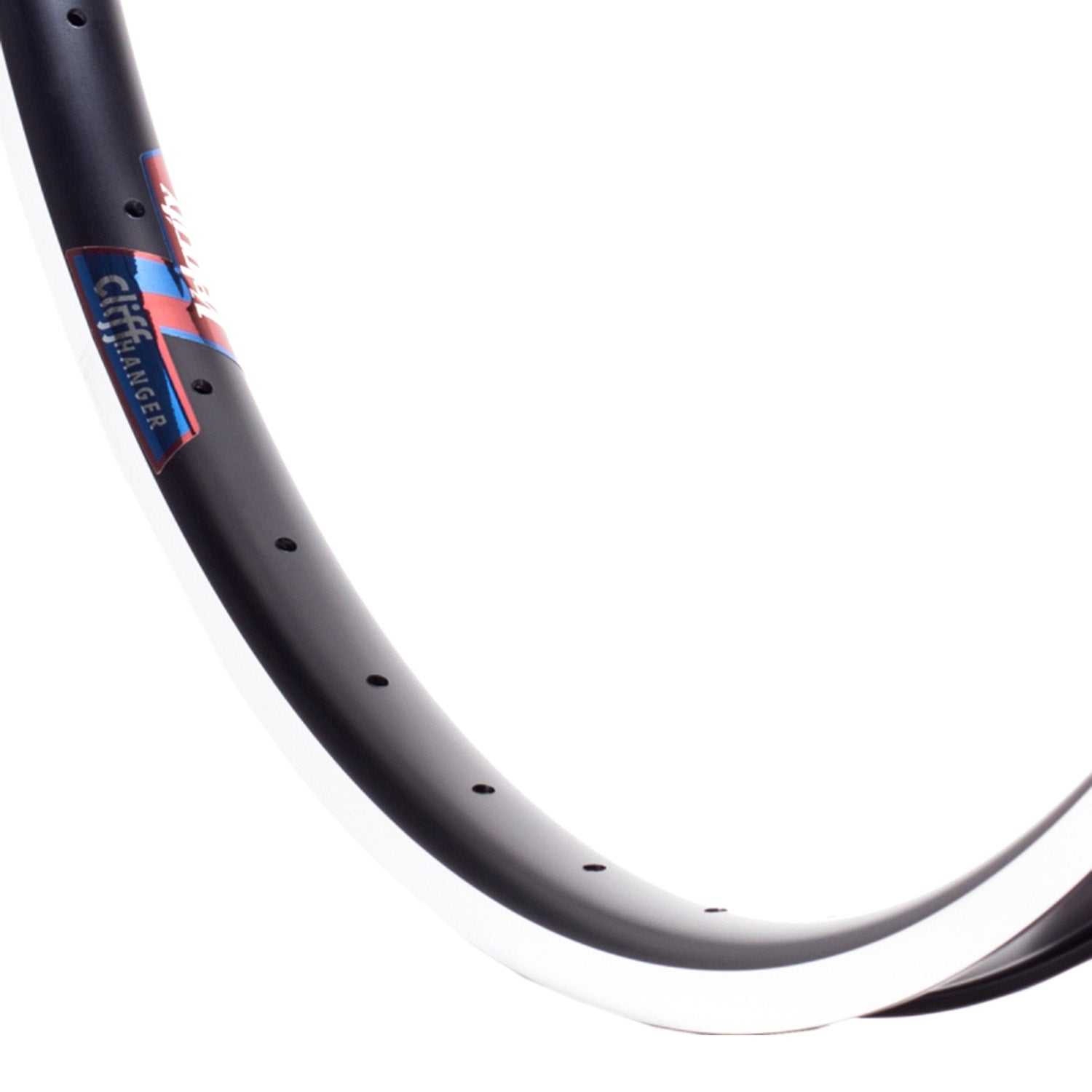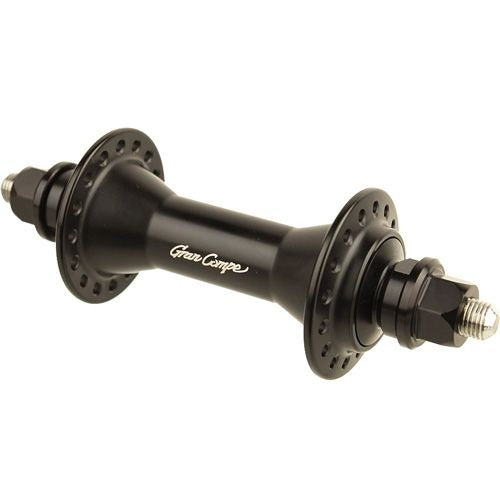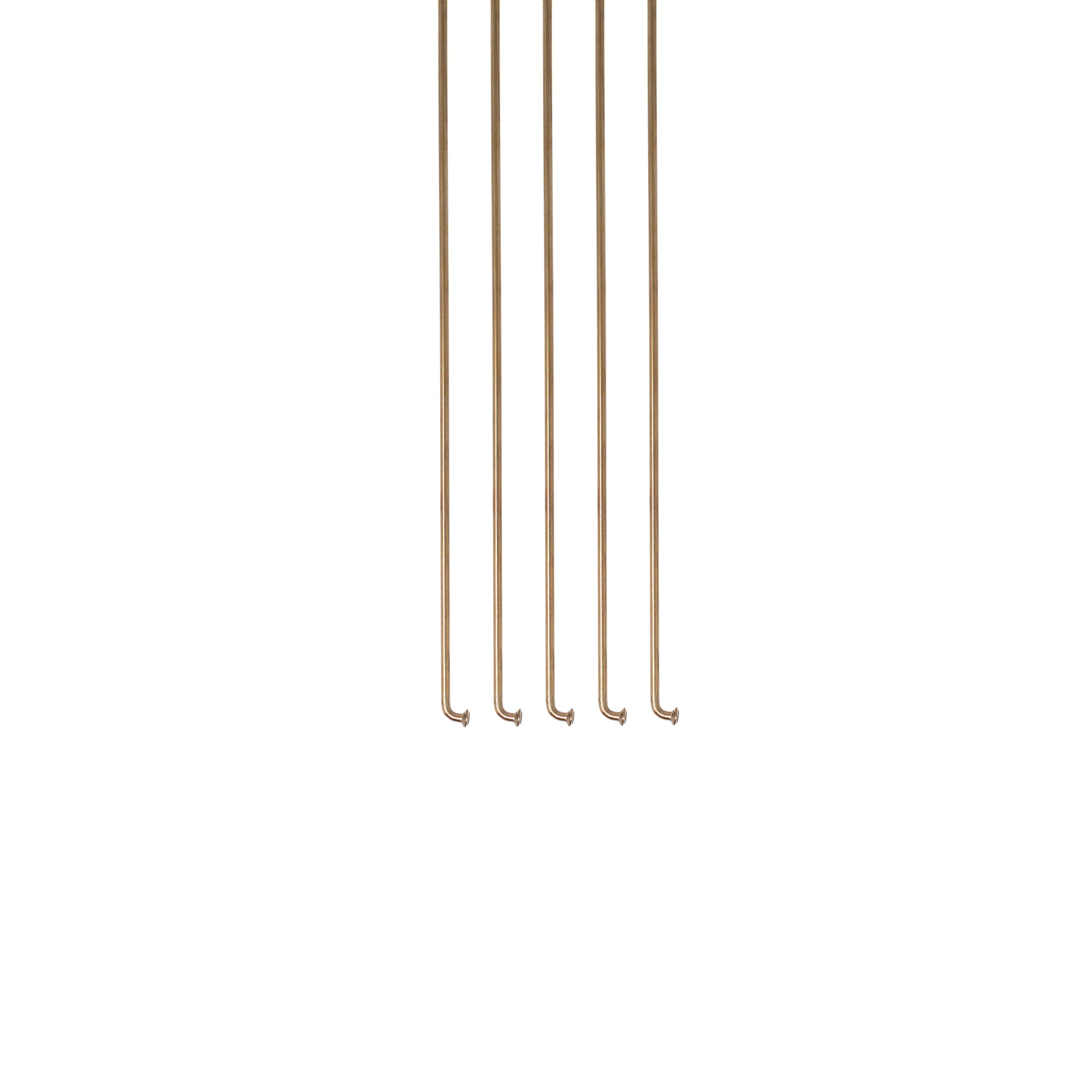What you need to know when choosing a hub for hand assembly.
Hub = component located in the center of the wheel and responsible for the wheel's rotational force. There is a wide range of types and prices.
Specifications of hubs
There are cantilever, caliper brake, and disc brake specifications, so match the type of brake to the type of bicycle to be installed.
Gear Shift Specifications
- Fixed gear (track bike)
- Single speed,
- Multi-speed (7~10-speed, 11-speed, 12-speed)
- Different component manufacturers (Shimano & Sram, Campagnolo, etc.)
Check the manufacturer and the number of gears you are using.
End width
Width of the part where the wheel is mounted. Also called overlock nut dimension (OLD).
100mm is common for the front. Recently, 110mm and other boost standards are increasing.
Rear widths are 110mm, 120mm, 130mm, 135mm, 142mm, 148mm, etc. There are many different widths, so be sure to check the size of your frame.
Fixing method to the frame
- Quick release method
- Nut Fastening
- Through axle
There are different mounting methods for different frames, so be sure to check the method used.
Number of holes in the hub
The number of holes in the flanges on both sides of the hub for the spokes to pass through.
The number of holes must be the same as the number of holes in the hub.
If the number of holes is reduced and the number of spokes is decreased, aerodynamic drag is reduced, but the force against torsion is weakened.
This also has a significant effect on the life of the wheel. The more holes, the longer the wheel will last, but the heavier it will be and the more aerodynamic resistance it will have.
In general, the following is often the case
- Road: 20 to 32 holes
- Cross: 28 to 32 holes
- MTB : 28-36 holes
- Touring & Cargo Bike Motorcycle & Utility Vehicle: 32-36 hole




